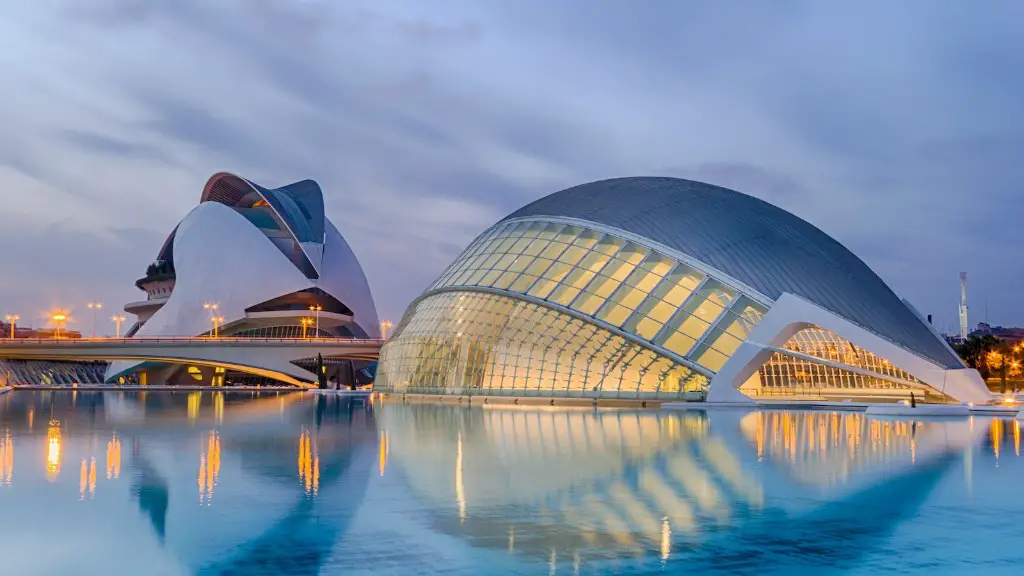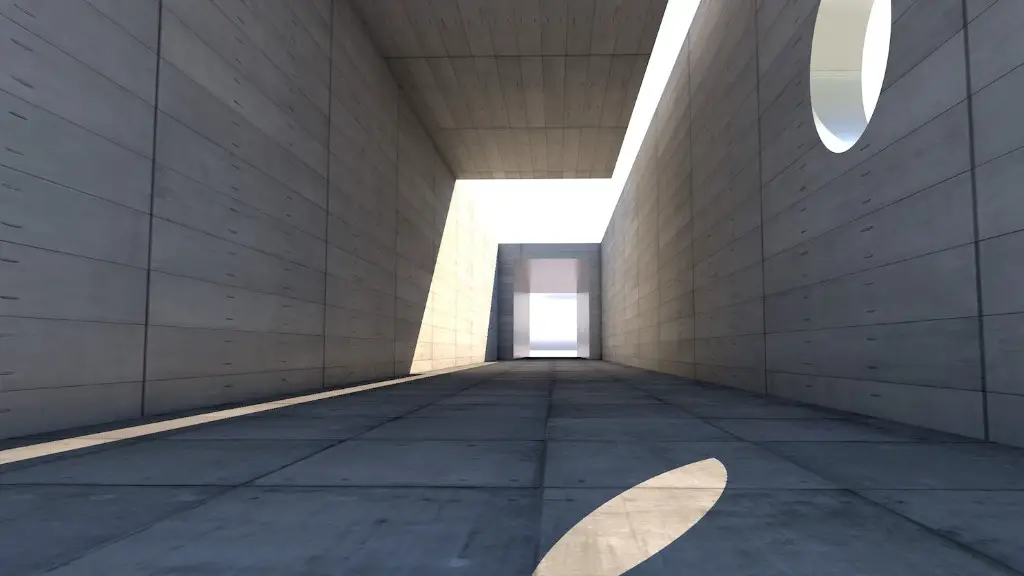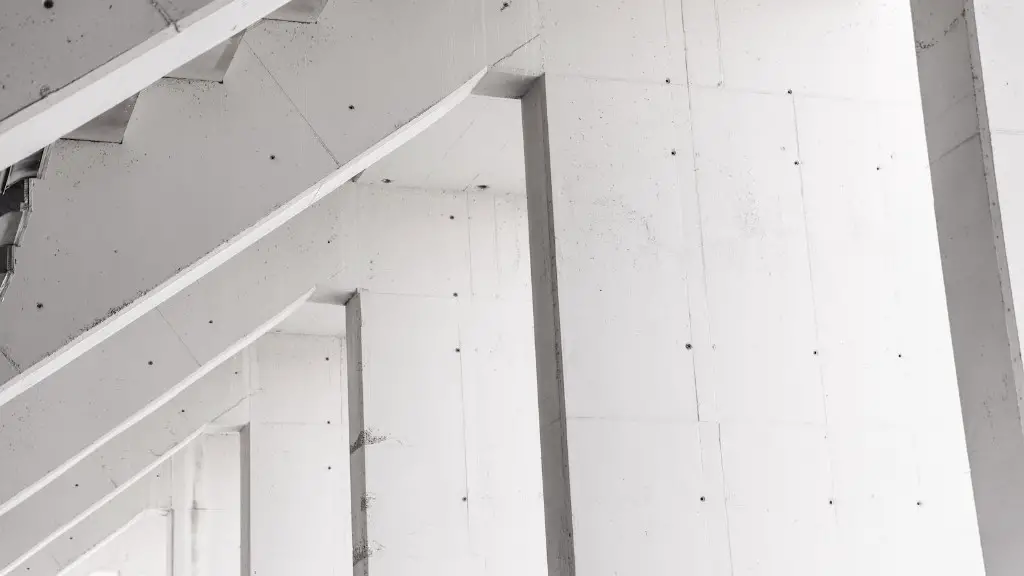IoT Architecture
The Internet of Things (IoT) is one of the most exciting phenomenons of the 21st century, with the potential to revolutionize many aspects of our lives. In order for all these innovative new applications to work optimally, it needs an architecture which provides the necessary infrastructure and services to enable the smooth and secure communication of data. This is provided through the four layers of IoT architecture; Device Layer, Connectivity Layer, Platform Layer and the Applications Layer. Let’s take a look at each in greater detail.
Device Layer
At the base of the architecture is the Device Layer and it consists of various types of sensors, devices, controllers and actuators. Examples of such devices could include, thermal sensors, energy meters, pressure sensors, digital signals, infrared cameras and more. They allow for the collection and transmission of data from the physical world to the cloud via the other layers of the architecture.
Thanks to developing technologies, there are now a number of device manufacturers producing both off the shelf and custom made components. This has led to many companies now being able to implement the internet of things in their own production process.
Connectivity Layer
Once data is collected from the physical world, it needs a way of being transmitted to the cloud. This is the role of the Connectivity Layer, which consists of a number of communication technologies that enable connectivity between the physical world and the cloud. It acts as a relay, transferring data up and down the architecture.
The technology that is used in the Connectivity Layer can depend on a few factors, such as, the type of data being transmitted, the amount of data, its distance and the budget of the project.
Platform Layer
Once the data is in the cloud, the Platform Layer performs a vital role, which is to gain value from the data. It is responsible for data collection, processing, storage, analysis, business logic and integration into existing systems or applications.
More and more businesses are now moving towards this approach to data analysis, as it allows them to leverage the powerful computing resources in the cloud, and to make quicker decisions based on the data insights.
Application Layer
Finally, once a business has made a decision on the best course of action, that action can be triggered using the Applications Layer. Most commonly, triggering an action takes the form of an app, though this can also be in the form of a message to a control centre. It can also include the ability to interact with enterprise systems such as, ERP, business intelligence and other third-party services.
The Application Layer is not limited to just triggering actions, though, as it also can be used to visualise data, to give insights into different elements of the architecture.
Experts Views
Even though the four layers of IoT architecture each serve a distinct purpose, it is the integration of them all which provides the foundation for its success. Dr. Frederic Paulo, Managing Director at Schneider Electric remarked that “The four layers do not exist in isolation and are tightly interdependent in order to create a fully functional IoT ecosystem. All four layers combined present a vast number of opportunities for businesses to take advantage of.”
He further commented that “The largest challenge for businesses is to make sure they have a platform and architecture in place that can deliver on the promise of IoT and can take advantage of the data generated.”
Technical Challenges
Deploying a fully functioning IoT architecture comes with its own unique set of technical challenges. One of the most common problems is ensuring that the data is secure, as there could be potential vulnerabilities at multiple parts of the architecture.
Security is not the only problem that businesses face though, as there is also the need to integrate the four different layers, whilst also making sure that each layer is compatible with the other three. The complexity of the architecture is increased further due to how quickly the technology landscape is changing and this makes it difficult for companies to future proof their architecture.
Business Benefits
Despite the technical challenges, there are many business benefits to be gained from deploying an IoT architecture. Most notably, businesses are now able to access data that was previously out of their reach and to use that data to gain valuable insights and to develop new products and services.
Speaking on the potential of this data, Robotics expert Dr. Michael Warburton said “The insights that can be gathered from the sensors have the potential to unlock innovation in any organisation. With the right technology and architecture in place, businesses can gain a competitive advantage as they can make more informed decisions that take into account the data, trend analysis, customer insights, historical data and more.”
The Future of IoT
The Internet of Things is already transforming the way that businesses are run and as the technology continues to evolve, the possibilities become even greater. New advances in device technologies and better platforms will mean that businesses will be able to gain insights that they could never have imagined before.
As the IoT landscape continues to grow and change, businesses will need to ensure that they have the right architecture in place in order to leverage the full potential of this new technology. As a final point, Dr Paulo was keen to emphasise that “the right architecture is more than just the technology, it also requires the right strategic approach and the right people and processes in place.”




